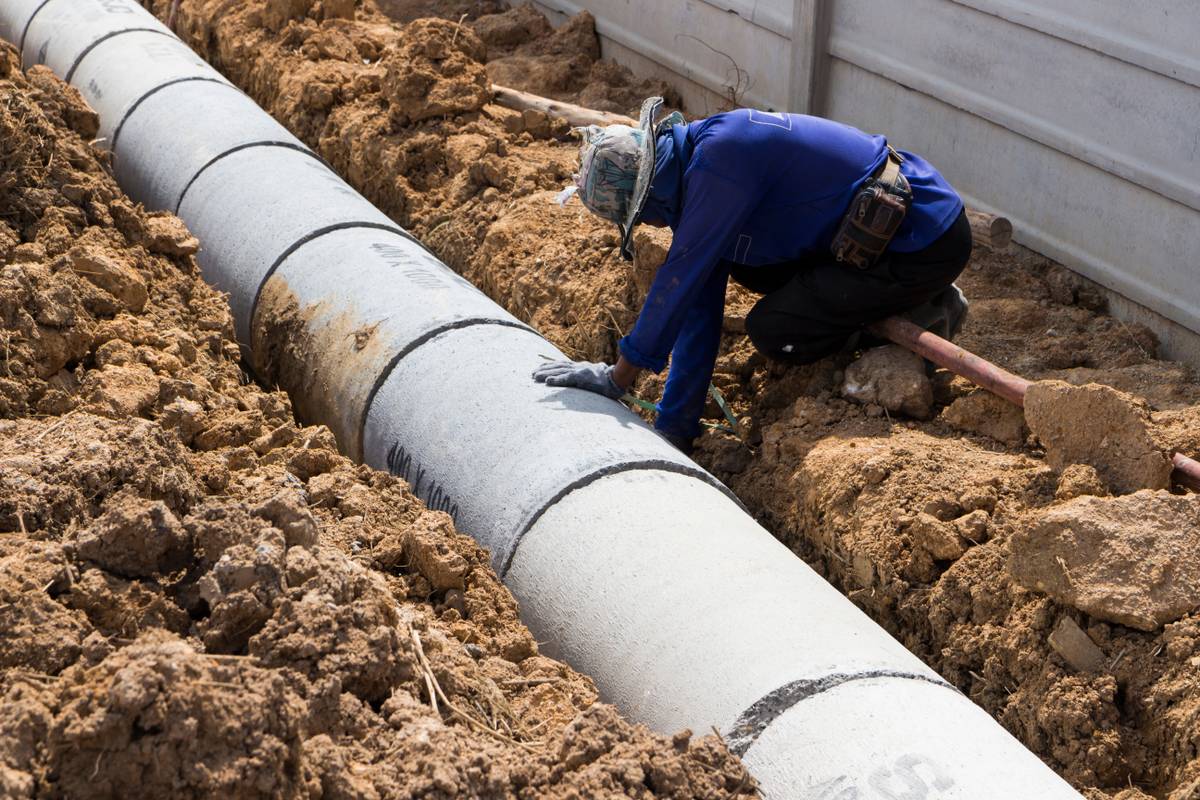
Real-time AI framework that detects cyberattacks, leaks, and sensor faults in smart water distribution systems
Dr. Farrah Moazeni and her team are developing an AI-driven framework that detects leaks, sensor faults, and potential cyberattacks in real time across municipal water systems. The system integrates multiple data streams into a unified monitoring platform, allowing operators to identify and respond to anomalies before they become costly failures. Designed to work with existing SCADA infrastructure, this approach offers a cost-effective and scalable solution for improving the reliability, safety, and efficiency of critical water infrastructure nationwide.
Background
Water distribution systems face mounting risks from cyberattacks, leaks, and sensor malfunctions. False data injection attacks can mislead operators and disrupt supply, while undetected leaks waste billions of gallons annually.
Traditional solutions often rely on costly sensor infrastructure or simulation-based models that lack real-world accuracy, leaving utilities vulnerable to operational failures and security breaches.
Technology Overview
Researchers at Lehigh University developed a machine learning-based, multi-modal anomaly detection framework for smart water distribution systems. It employs a single autoencoder-based neural network architecture to simultaneously detect cyberattacks, pipe leaks, and sensor faults in real-time.
This framework uniquely utilizes existing SCADA-compatible sensor data, eliminating the need for costly specialized hardware. Its unified approach reduces computational overhead, minimizes false alarms, and integrates seamlessly with real-world SCADA systems, providing actionable alerts based on deviations from nominal operational data. The system has been trained and validated using real-time data from a hardware-in-the-loop experimental testbed.
Benefits
- Comprehensive protection: Detects cyberattacks, leaks, and sensor failures in one framework
- Real-time performance: Optimized for fast detection and response
- Cost savings: Uses existing SCADA infrastructure; no new sensors required
- Proven accuracy: Achieves >94% detection across diverse anomaly scenarios
- Scalable solution: Designed for real-world utility operations
Applications
- Municipal and regional water utilities
- Industrial water management systems
- Smart infrastructure and IoT integration
- Cyber-physical system security monitoring
- Research and training datasets for anomaly detection
